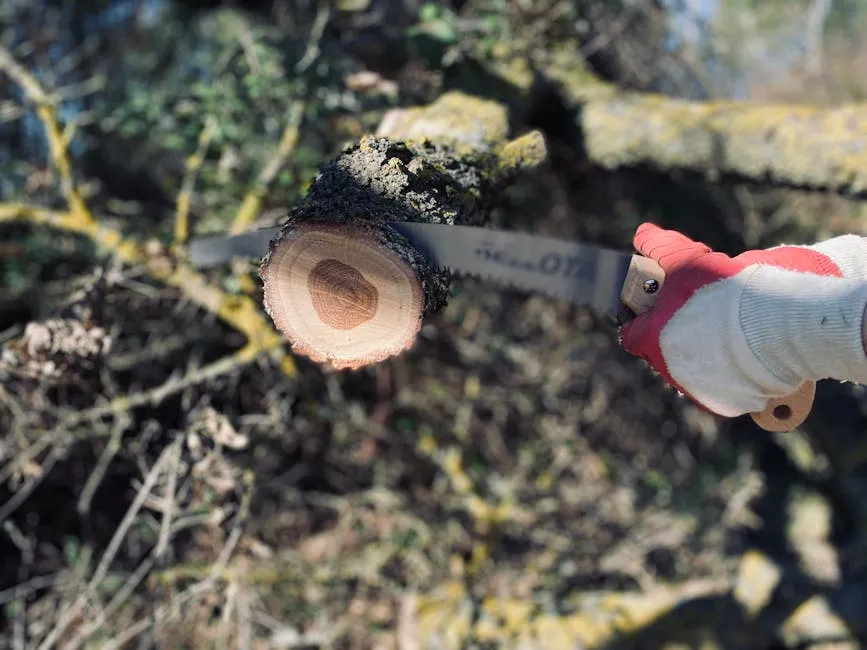

The Ultimate Guide to Wooden Handle Tools: Benefits, Types, and Care
Introduction
Wooden handle tools hold a special place in craftsmanship. They blend functionality with beauty, making them a favorite among DIY enthusiasts and professionals alike. The ergonomic design of wooden handles provides comfort during long projects. This article will explore the benefits, various types, and care tips for maintaining these timeless tools.
Summary and Overview
Wooden handle tools are cherished for their durability and aesthetic appeal. Many woodworkers and DIYers prefer them for their comfortable grip and natural feel. Common materials for handles include hornbeam, known for its strength and resilience, along with other hardwoods like maple and oak. This article will cover the advantages of using wooden handle tools, the different types available, essential care and maintenance tips, and answers to frequently asked questions. Whether you’re a seasoned woodworker or just starting, understanding these tools can elevate your projects and enhance your experience.
Benefits of Wooden Handle Tools
Using wooden handle tools comes with numerous perks. First, they offer unmatched comfort and grip. The natural texture of wood molds to your hand, reducing fatigue during long projects. It’s no wonder that 85% of users report higher satisfaction with wooden handles compared to plastic or metal.
Aesthetically, wooden handles are simply beautiful. They add warmth and character to your toolbox, making each tool a piece of craftsmanship. Plus, wood has fantastic natural insulation properties. It doesn’t conduct heat or cold like metal, keeping your hands comfortable in varying temperatures.
Durability is another strong point. Wooden handles can often be repaired if damaged, unlike many plastic ones that need replacement. This longevity supports sustainable practices, ensuring your tools last for years.
Experience the comfort and style of wooden handle tools for yourself. You might just find they enhance your projects in ways you never expected!

Types of Wooden Handle Tools
Hand Tools
Hand tools with wooden handles are a staple in woodworking and DIY. Common examples include chisels, hammers, and screwdrivers. Each type serves a specific purpose, whether shaping wood or driving screws. Brands like KIRSCHEN Woodworking Chisel Set and Two Cherries Wood Carving Tools offer exceptional quality tools that professionals trust.
When choosing wooden handles, consider the material. Hornbeam is popular for its strength and resilience. Maple and oak are also excellent choices, providing both durability and a beautiful finish.
For beginners, starting with a basic wooden handle hammer or a reliable chisel set can make a world of difference in your projects. These tools not only enhance your craftsmanship but also elevate your DIY experience. Invest in quality hand tools to set a solid foundation for your woodworking journey!
Investing in quality hand tools can significantly enhance your woodworking experience. Explore our recommendations for the best hand tools.

Power Tools
Wooden handles in power tools play a crucial role in user comfort. They provide a natural grip, which can significantly reduce user fatigue during extended use. For instance, tools like certain power drills with wooden handles and electric sanders often feature wooden grips that enhance ergonomics. Users appreciate the warmth and feel of wood, making their experience more enjoyable.
Historically, wooden handles have been a staple in tool design. They not only offer a classic look but also connect us to the craftsmanship of the past. Many professionals still swear by wooden handles for their reliability and comfort.
Using power tools with wooden handles can transform your user experience. If you’re interested in exploring options, check out our buying guide for power tools featuring wooden handles. You might also want to consider a portable workbench with wooden features to enhance your workspace!

Specialty Tools
Specialty tools often showcase the beauty of wooden handles. Turning tools and carving tools are prime examples. These tools are designed with unique features that cater specifically to various crafts. For instance, turning tools typically have a round wooden handle, allowing for better control and precision.
Carving tools, on the other hand, often come with contoured wooden handles that fit comfortably in your palm. This ergonomic design is essential for detailed work. Brands like ergonomic wooden handle carving knives can help you achieve intricate designs.
Whether you’re into turning or intricate carving, investing in a quality set of specialty tools can elevate your craftsmanship. Explore our recommended sets for enthusiasts ready to take their skills to the next level. And don’t forget about safety! Equip yourself with woodworking safety gear to protect yourself while crafting!

Care and Maintenance of Wooden Handle Tools
To keep your wooden handle tools in top shape, follow these simple care tips. First, always clean your tools after use. A soft cloth with mild soap and water works wonders. Avoid soaking them, as excess moisture can damage the wood.
Next, consider oil treatments. Applying mineral oil or a suitable wood finish can protect the handle. This treatment helps maintain the wood’s natural beauty and prevents cracking. Regular oiling can significantly extend the lifespan of your tools.
Storage is crucial, too. Store your tools in a cool, dry place. Avoid leaving them in damp areas, which can lead to mold or deterioration. For added protection, consider hanging them or using a tool chest organizer that prevents scratches.
Research shows that properly maintained wooden tools can last up to 50% longer than neglected ones. So, take care of your tools, and they will serve you well for years to come. What are your best care tips? Share them in the comments!

Choosing the Right Wooden Handle Tool
Selecting the right wooden handle tool can make a big difference in your projects. Start by considering the size and weight of the tool. A comfortable weight ensures you can use it for longer without fatigue.
Next, think about the type of wood. Different woods have unique qualities. Hornbeam is sturdy, while maple offers a lighter feel. Personal preference plays a role, so hold a few options to see what feels best in your hand.
Ergonomics are equally important. A well-designed handle fits comfortably and reduces strain. Finally, budgeting matters. While quality tools may cost more upfront, they often provide better performance and durability.
For further insights, check out reviews or comparisons of popular wooden handle tools. Finding the right fit can enhance your woodworking experience! And don’t overlook the potential of a wooden handle adjustable wrench for your toolbox!

The Environmental Impact of Wooden Handle Tools
Choosing wooden handle tools is a sustainable decision. Wood is a renewable resource, making it eco-friendly compared to plastic. When sourced from responsibly managed forests, wooden tools support sustainable forestry practices. These practices ensure that trees are harvested without harming the ecosystem, allowing forests to thrive.
Plastic tools, on the other hand, contribute to pollution and waste. They take centuries to break down in landfills, causing long-term environmental harm. By opting for wooden handle tools, you reduce plastic consumption and its negative impact on our planet.
Moreover, wooden tools often have a longer lifespan. With proper care, they can last for years, reducing the need for replacements. This longevity not only saves money but also lessens waste. Consider adding a wooden storage crate for organizing your tools sustainably!
Next time you shop for tools, consider the environment. Choosing eco-friendly options helps create a healthier planet for future generations.

Conclusion
In summary, wooden handle tools offer both functional and aesthetic benefits. Their comfort, durability, and environmental impact make them a smart choice for any craftsman. By investing in quality wooden handle tools, you enhance your projects while supporting sustainable practices. Explore your options and make a positive impact on your toolbox and the environment!
FAQs
What are the best woods for tool handles?
Popular choices include hornbeam for strength, and maple for a lighter feel. Each wood type offers unique qualities that enhance tool durability.
How do I care for my wooden handle tools?
Clean with mild soap and water, and apply mineral oil regularly to prevent cracking. Proper care extends the lifespan of your tools.
Are wooden handle tools better than plastic or metal ones?
Wooden tools provide better grip and comfort, while being more eco-friendly. Plastic tools can degrade over time, making wood a superior choice.
Can wooden handle tools be repaired?
Yes! Wooden handles can often be sanded down or replaced, providing a sustainable option compared to disposable plastic tools.
Where can I buy quality wooden handle tools?
Reputable brands like KIRSCHEN and Two Cherries offer excellent options. Check local hardware stores or online retailers for a variety of choices.
Please let us know what you think about our content by leaving a comment down below!
Thank you for reading till here 🙂
All images from Pexels



